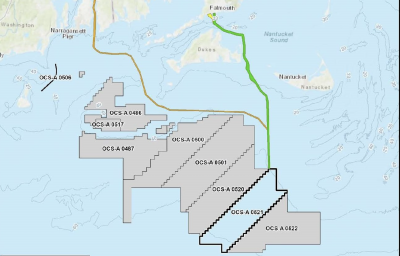Strong demand for the financing of Jones Act assets was among the subjects discussed at last month’s American Society of Appraisers (ASA) New York chapter meeting.
The guest speaker, Basil Karatzas of Karatzas Marine Advisors & Co. (KMA), gave a presentation on valuing maritime assets. His company's location in downtown Manhattan, a stone’s throw from Wall Street and the Financial District, overlooks the anchorages and fleeting areas for the working harbor and provides good insights into value appraisals for vessels.
Though his talk dealt mainly in generalities (with only a handful of the attendees familiar with maritime assets) with a focus on bluewater vessels, he did touch on U.S.-flag Jones Act assets, which offer unique characteristics.
Karatzas told WorkBoat that “it’s amazing how strong the demand is by U.S. financial institutions to finance Jones Act assets of all sizes and kinds, from tug boats and barges to oceangoing tonnage. The fact that the owners and the assets are based in the U.S. and are U.S. citizens for all legal matters, it allows many U.S. banks and lessors to consider them, especially when these financiers are specifically excluded from financing international flag vessels.”
Much of Kratzas’s presentation dealt with the vagaries and vicissitudes of international bluewater equipment. But U.S.-flag assets are different, he said. “In general, Jones Act assets hold their value much better over time compared to the international flag vessels. In strictly valuation terms, they seem to ‘age very gracefully,’ so to speak. And as a rule of thumb, it’s more likely to see Jones Act assets exceed their economic life in real life, while in the international market, there have been cases when bulkers and containerships got scrapped as young as seven years old when design life and economic life are at 25 years.”
When asked about offshore service vessels and equipment serving the offshore sectors, he said that “in the last year or so, it seems that the market for offshore assets has found a bottom and it has shown a marginal improvement, which has been more pronounced for high specification assets that have better employment prospects in an improving market.”





